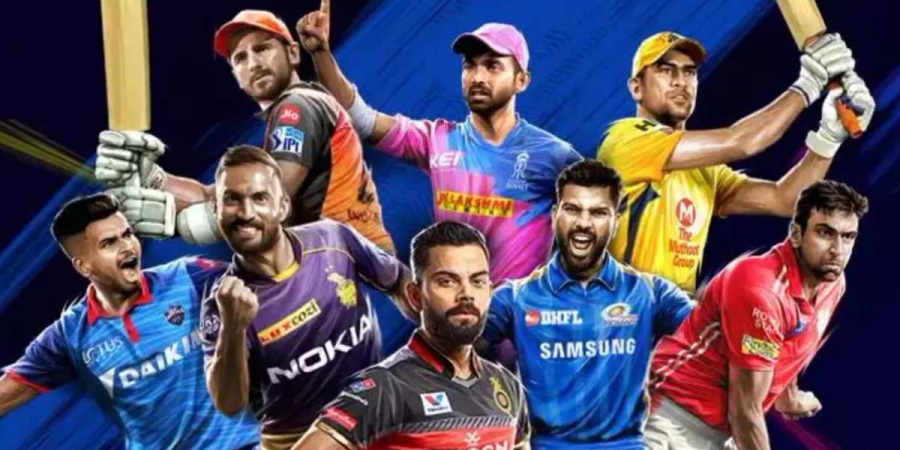

The Indian Premier League (IPL) stands as one of the most popular and lucrative cricket leagues globally, captivating audiences with its blend of sporting excellence, entertainment, and commercial success. Launched in 2008 by the Board of Control for Cricket in India (BCCI), the IPL has evolved into a premier T20 cricket tournament that attracts top cricketing talent from around the world. Here’s an in-depth look at the IPL, its history, impact, and significance:
History and Format:
The IPL was conceptualized as a franchise-based cricket league, inspired by successful T20 leagues like the English Premier League and the National Basketball Association (NBA). The league follows a round-robin format, where eight franchise teams representing different cities or regions compete in a series of matches.
Each team plays against the others twice in a home-and-away round-robin format during the group stage. The top four teams in the group stage advance to the playoffs, which include Qualifier matches and an Eliminator. The playoffs culminate in the IPL Final, where the top two teams compete for the championship title.
Franchise Teams:
The IPL features eight franchise teams, each owned by various corporate entities, celebrities, and consortiums. These teams represent different cities or states in India and are:
1. Mumbai Indians
2. Chennai Super Kings
3. Kolkata Knight Riders
4. Royal Challengers Bangalore
5. Rajasthan Royals
6. Sunrisers Hyderabad
7. Delhi Capitals
8. Punjab Kings
Global Appeal and Participation:
One of the defining features of the IPL is its international appeal, attracting top cricketing talent from around the world. Players from various cricketing nations, including Australia, England, South Africa, West Indies, and New Zealand, participate in the league alongside Indian cricketers.
The presence of international stars adds to the competitive edge of the tournament and enhances its global viewership. Many overseas players consider participation in the IPL as a prestigious opportunity to showcase their skills and compete against the best in the world.
Impact on Cricket and Culture:
The IPL has had a profound impact on the sport of cricket, revolutionizing the way the game is played, consumed, and commercialized. It has popularized the shorter format of the game, T20 cricket, leading to innovations in batting, bowling, and fielding techniques.
Moreover, the IPL has transformed cricket into a year-round spectacle, breaking traditional cricketing calendars and providing fans with high-quality cricketing action throughout the year. The league's blend of cricketing prowess and entertainment elements, including cheerleaders, music, and celebrity endorsements, has attracted a diverse fan base encompassing cricket enthusiasts, sports aficionados, and casual viewers.
Economic and Commercial Significance:
From a commercial standpoint, the IPL has emerged as a powerhouse, generating substantial revenue through broadcasting rights, sponsorships, advertising, ticket sales, and merchandise. The league's popularity and viewership numbers have made it an attractive platform for brands seeking to reach a wide audience.
